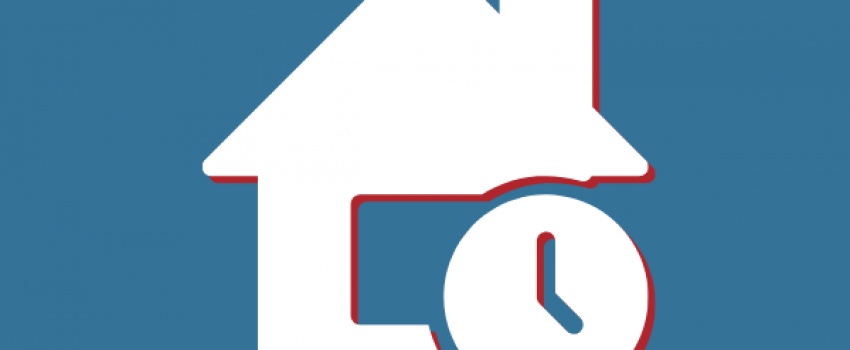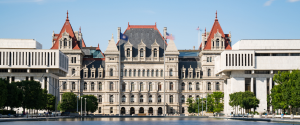As counsel to hundreds of financial institutions, our number one request continues to be navigating the best strategy for loan payment deferrals and loan forbearance agreements.
The expectation is that requests will significantly increase in the month of May because most of the country will have been under some form of lock down in the month of April. Further, the unemployment rate started to skyrocket throughout early April, which should result in an increase in hardship requests.
The Data Behind Forbearance Requests
The Mortgage Bankers Association (MBA)’s most recent Forbearance and Call Volume Survey indicated the aggregate number of loans recorded on servicers’ portfolio volume that are currently in forbearance increased from last week’s mark of 3.74% to 5.95% on April 12.
Ginnie Mae-backed mortgages registered the highest rise of 2.37% from the preceding week and the largest comprehensive percentage of forbearances based on investor type at 8.26%. The share of depository servicers in forbearance (6.57%) eclipsed the previous week’s forbearance leader–independent mortgage bank servicers—which had topped out at 5.69%.
Expectations Going Forward
With nearly 22 million individuals filing unemployment claims over the course of the month, property owners are reaching out to their mortgage providers for relief, subsequently resulting in a spike in forbearances across all loan categories. Loan servicers are still receiving an unprecedented number of requests for forbearance, although volumes have decreased moderately over the past week.
With government-mandated quarantines expected to remain in place for the foreseeable future, unemployment will continue to proportionately increase along with forbearance requests as May mortgage payment deadlines loom on the horizon. Mortgage service entities are providing an essential service to the housing industry by continuing to offer financing to investors during a period where nearly 3 million property owners have entered into forbearance proceedings. To maintain a stable market for consumers and servicers alike throughout these tumultuous times, servicers require access to temporary financing, so they continue to provide this vital service.
Highlights of Mortgage Bankers Association Data
Here are the highlights of MBA’s Forbearance and Call Volume Survey from April 6th through April 12th:
- Total number of loans in forbearance increased from the preceding week from 3.74% to 5.95%. Comparatively, during the week of March 2nd, there were only 0.25% of loans in forbearance.
- Ginnie Mae-backed loans experienced the highest forbearance percentage growth; rising from 5.89% to 8.26%.
- The percentage of Fannie Mae and Freddie Mac loans in forbearance rose from last week, going from 2.44% to 4.64%.
- Expressed as a percent of servicing portfolio volume, total forbearance inquiries decreased over the past week from 2.43% to 1.79%.
- Call center volume at mortgage servicers fell from 14.4% to 8.8% from last week and hold times also fell from 10.3 minutes to 4.9 minutes; whereas the median call length increased marginally from 7.5 minutes to 7.6 minutes.
- The total number of forbearances expressed as a percentage of servicing portfolio volume on April 12, 2020 stood at:
- Overall: 5.95 %, up from last week’s mark of 3.74%
- Non-depository Mortgage Lenders: 5.69%, up from last week’s mark of 4.17%
- Banks: 6.57%, up from last week’s mark of 3.63%.
MBA’s most recent Forbearance and Call Volume Survey encompasses the time period between April 6 and April 12, 2020 and accounts for nearly 77% of the first-mortgage servicing marketplace, comprised of approximately 38.3 million mortgages.
Expectations for Private Lenders
Anecdotally, private lenders are at least seeing a similar number of requests from their borrower bases. Most lenders continue an ad-hoc approach in terms of providing a forbearance to their borrower. As General Counsel for the American Association of Private Lenders, we are advocating for an industry best practice of providing loan payment forbearance for any borrower who can provide documentation establishing a financial need for a period of 60-90 day payment deferral with no late charges, default interest, or compounding interest to occur during this time period.






